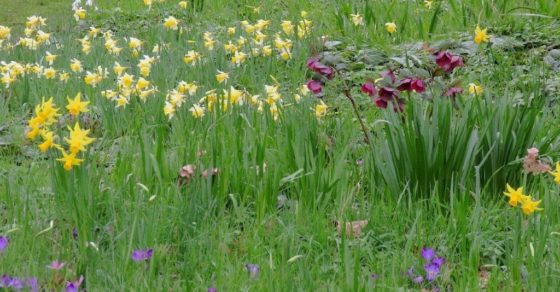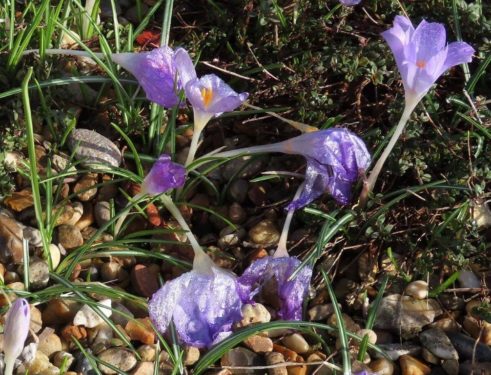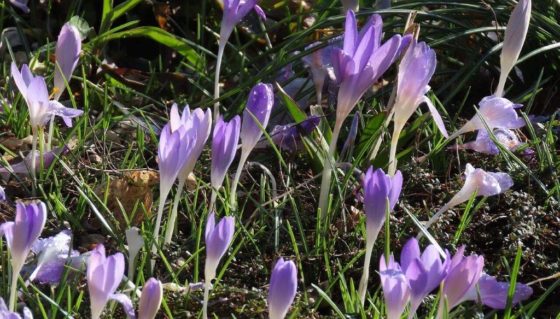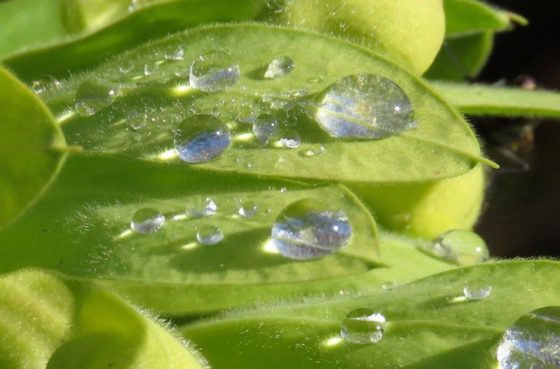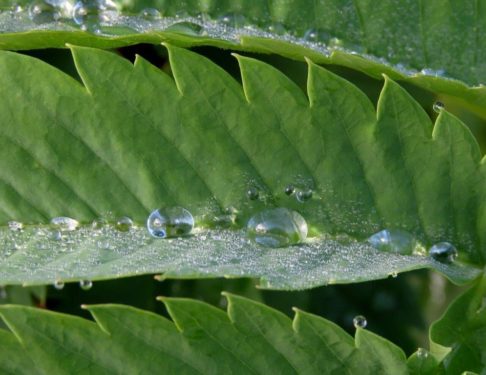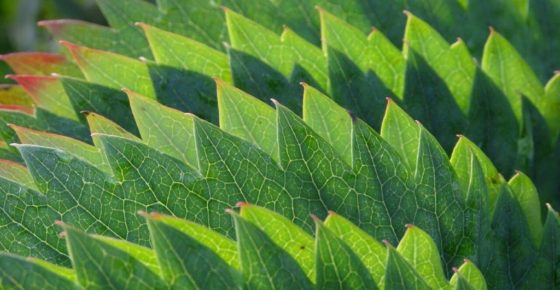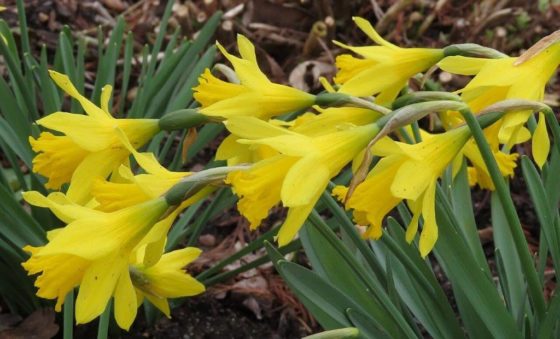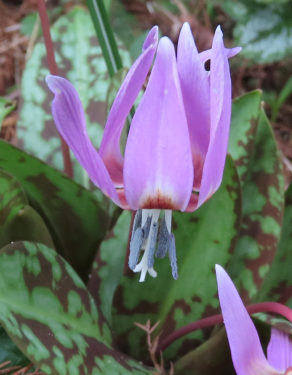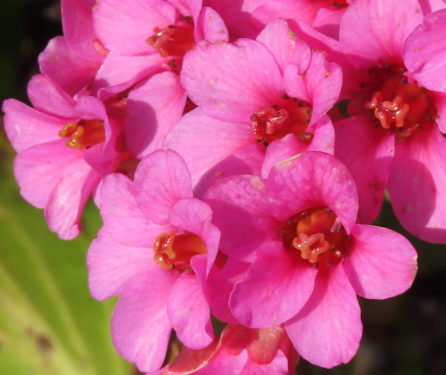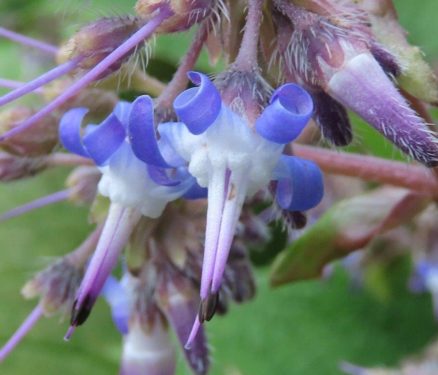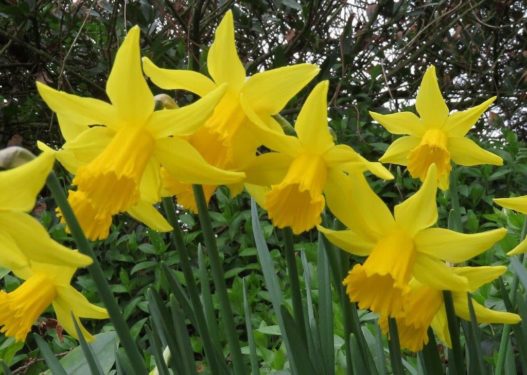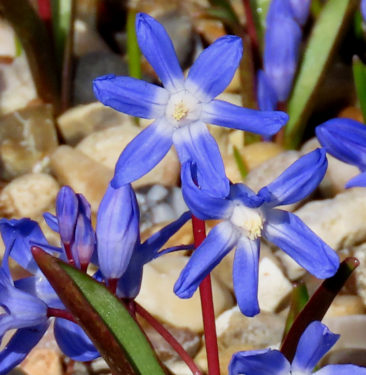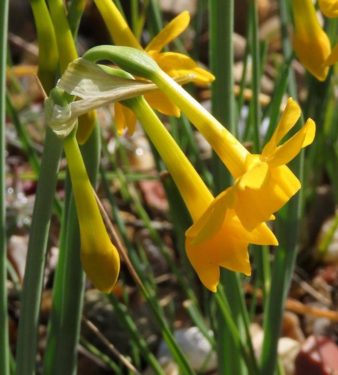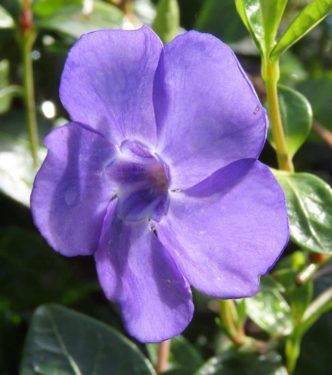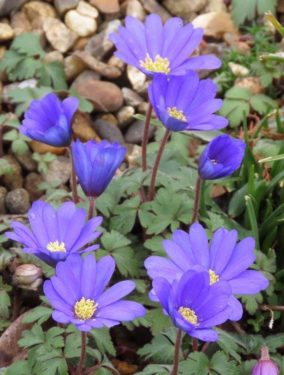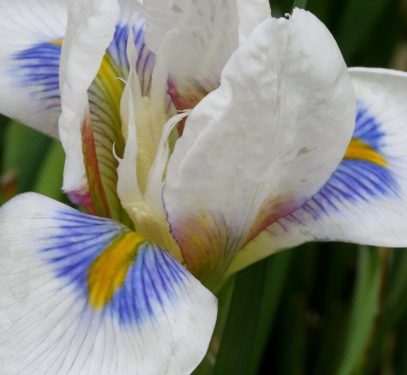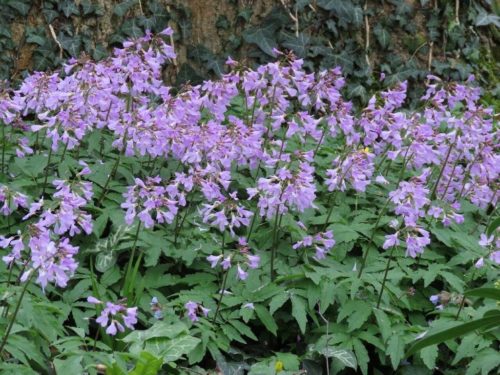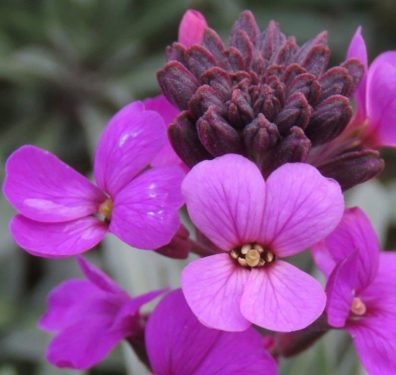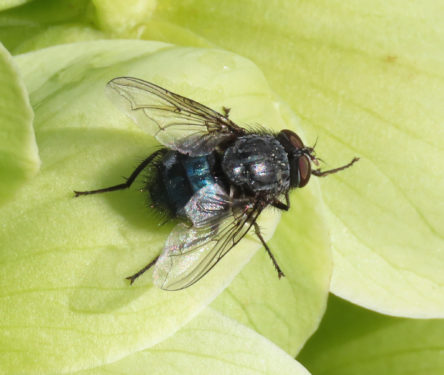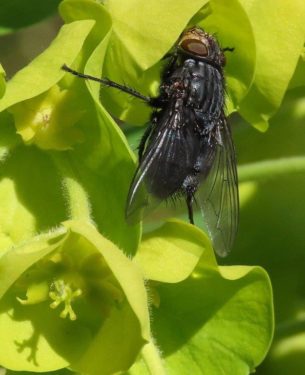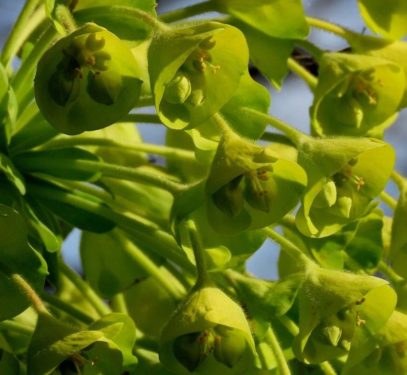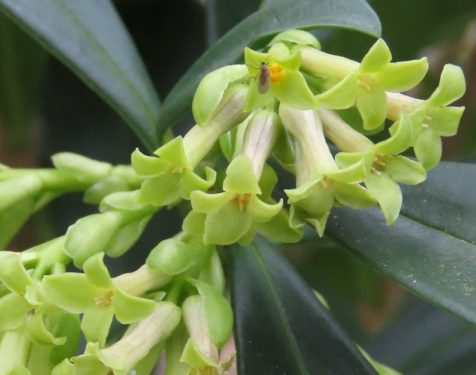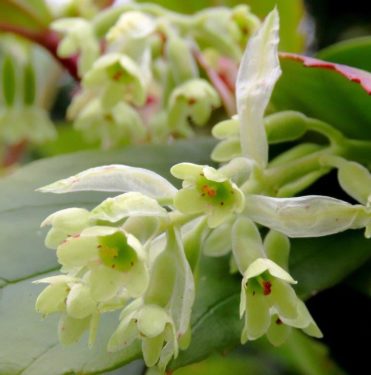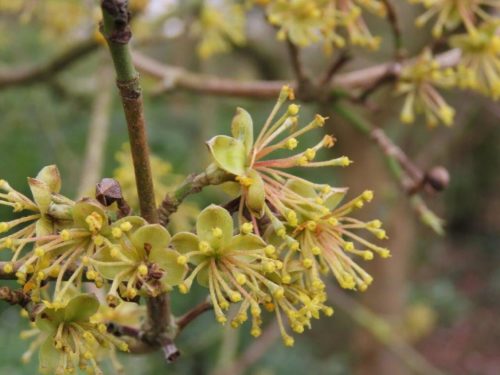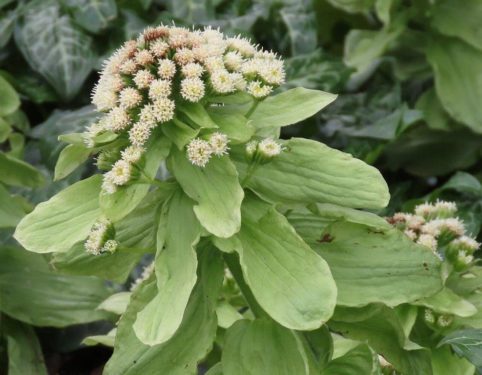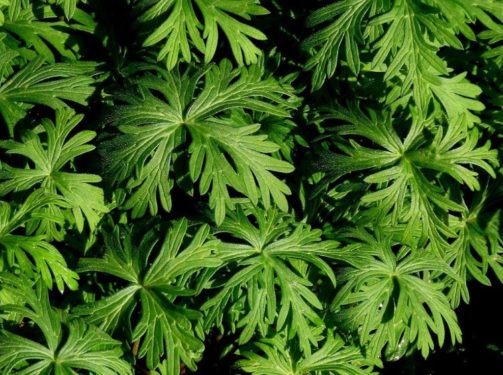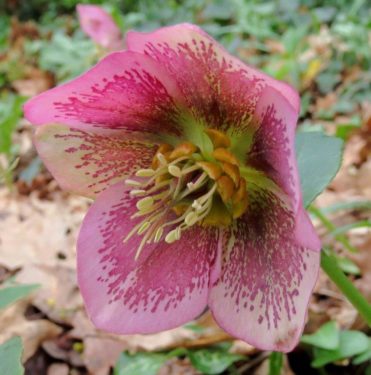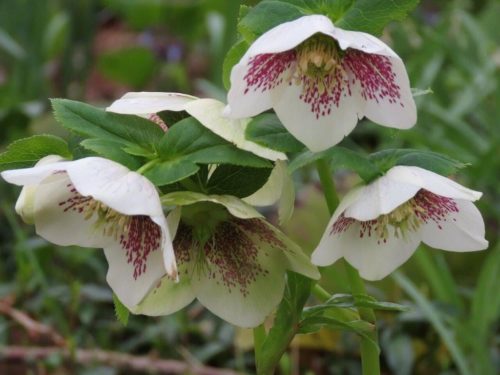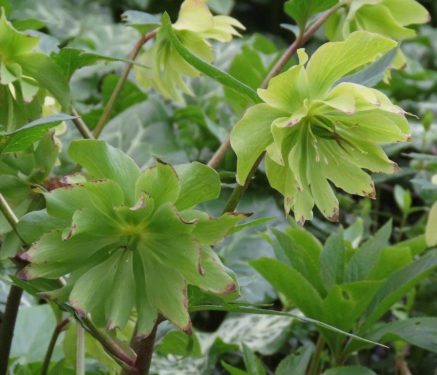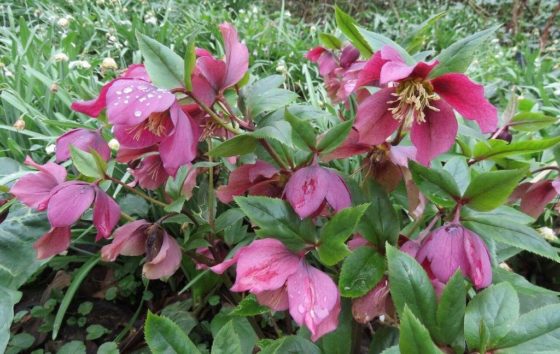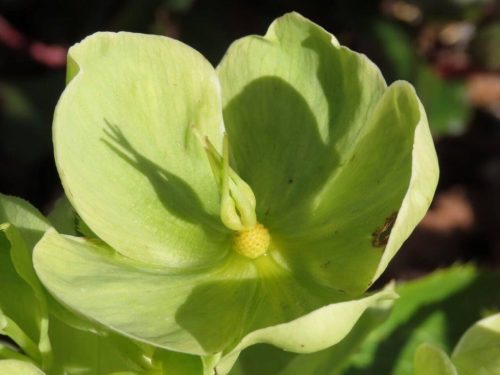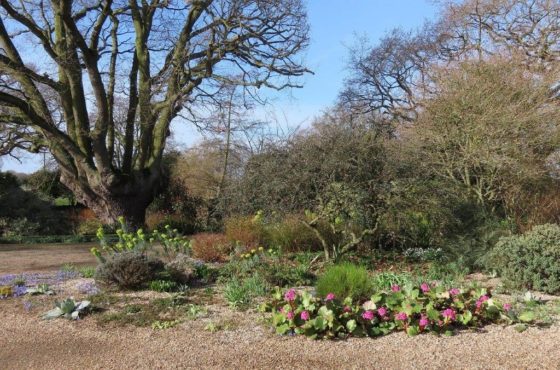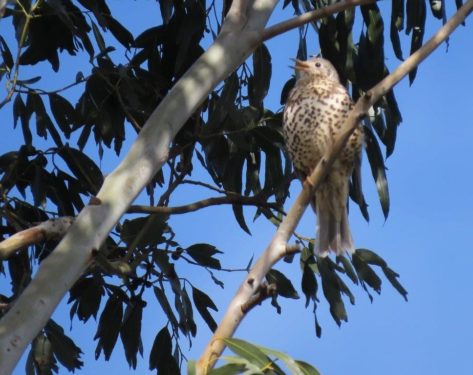Early March, after the winter that never was. And seemingly the spring ushered in on a weekly conveyor belt of ferocious Atlantic storms, periods of very high winds and very heavy rain with barely a day or two of calm between them: yes, it’s record-breaking time again (and not in a good way) …
So when the chance at last arose to get to the Garden, it was all looking a bit bedraggled and weatherbeaten, crushed carpets of Crocus, with the just the most recent emergees spearing through:
And water everywhere, soggy underfoot, with the reminders of the most recent rain glistening as quicksilver drops on Euphorbia leaves…
…and on the saw-toothed spectacle that is Melianthus. One of the most dramatic plants to photograph, I simply cannot ever pass this one by!
All the Aconites and many of the Snowdrops were over, so now we are into high spring, with showy blooms at every turn:
However, visual showiness is not everything. Certainly not from the point of view of the, admittedly few, insects. An occasional hoverfly or bumblebee was sipping at the Squills, but most of the insect activity, largely flies, was around the greenish flowers, often furnished with a strong scent in counterpoint to their ‘lack of colour’:
Of course, to suggest that green flowers lack colour is to denigrate that most underrated of hues. Flowers and foliage alike make spring shine with greens of all kind.
One group of plants merits its own mention at this time of year: the Hellebores. All from the same floral mould, apart from the frilly ‘Party Dress’ hybrids, but the infinite variation in ‘petal’ (actually, sepal) colour from white to green to pink to purple, plain or with spots or blotches or stripes is surely one of the wonders of a woodland garden spring.
As always the garden provided welcome respite from the tribulations of a stormy planet, an oasis of relative calm, made ever more restful by the sweet song of a Mistle Thrush serenading the spring.
